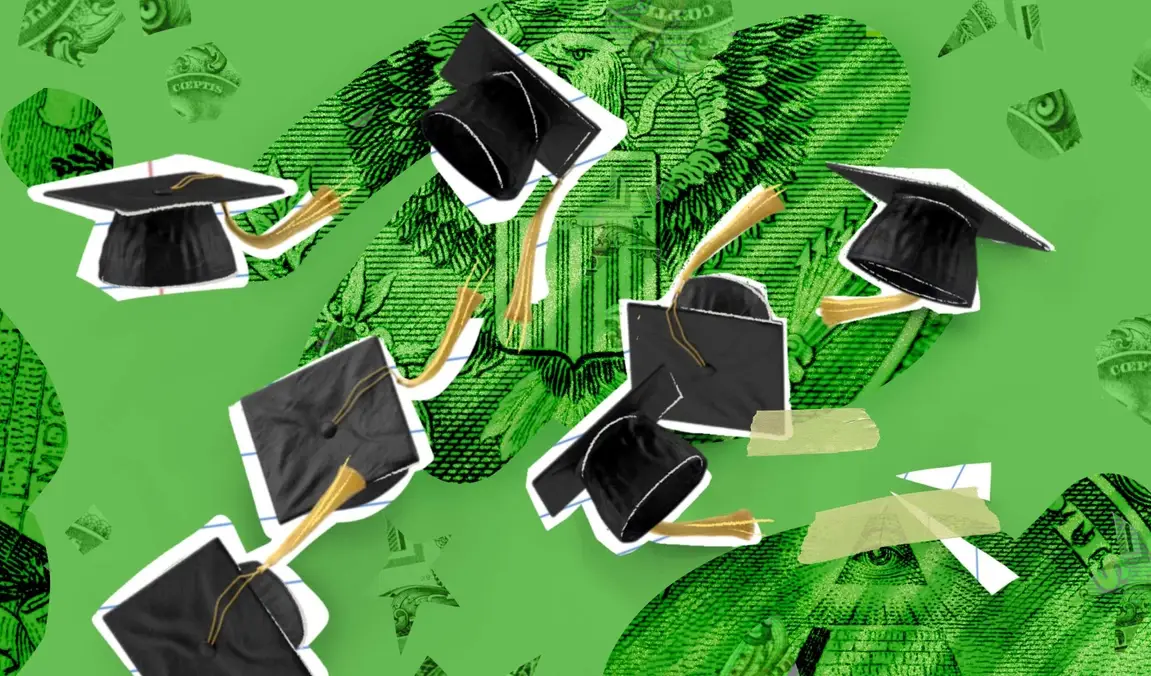Don't Let Student Loan Debt Keep You From Your Dream Job

Graduation season has arrived for students at universities across the country, and with it, the reality of how much it costs to finance one’s degree in the US. According to recent data, the average class of 2024 graduate owed $28,950 in student debt at the time they graduated; for grad students, that number can soar up to $106,850.
That's a lot of money, but increasing student loan debt shouldn’t stop you from pursuing a career in social impact—there are options.
The Public Service Loan Forgiveness program (PSLF) makes it possible for social-impact professionals to both pay off student loans and follow their dreams. Whether you are already enrolled in the program or are just reading about it for the first time, here is what you need to know about how to manage student loans while working in public service.
What is Public Service Loan Forgiveness (PSLF)?
The PSLF program began in 2007 when a bipartisan congress passed the College Cost Reduction and Access Act. Borrowers who work full time for a qualifying nonprofit or government employer can have their federal student loans forgiven after making 120 monthly payments—typically over the course of about 10 years. PSLF was defined broadly, and therefore applies to a variety of public service professions.
Qualifying for PSLF
There are certain steps borrowers can take to determine whether their student loan payments and jobs qualify for PSLF:
- First, make sure you have the right kind of loan. Only Federal Direct Loans are eligible for PSLF. Borrowers with older FFEL or Perkins loans will need to complete a Direct Consolidation application to become eligible for PSLF. When applying for student loans, try to avoid taking out private loans, as they are not eligible for forgiveness under the PSLF program. If you already have student loans and are unsure what kind they are, check the Department of Education’s loan database to retrieve your information.
- Apply for the right kind of repayment plan. To qualify for PSLF, borrowers must be on one of the income-driven repayment plans, which base payments off of your income and family size. Payments made on the standard plan also qualify for PSLF, but because the standard plan is designed to pay off your full student loan balance in 10 years, it may not be the best choice if you hope to eventually have your loan balance forgiven.
- Make sure your payments qualify. Your student loan payments must be made while you’re working at least 30 hours a week in public service and follow the requirements of your payment plan. Even though you have to make 120 payments to qualify for PSLF, they don’t have to be made consecutively, which means you can apply for the program even if you’ve bounced around sectors.
- Check that your employer counts as a qualifying organization. If you work for a 501(c)3 entity or a state, federal, or tribal government, your employment typically qualifies. As a standard matter, partisan political organizations or other kinds of nonprofits beyond 501(c)3s never qualify—but there is a gray area where it is not so easy to determine. You can check whether your employer qualifies by using the U.S. Department of Education’s Employer Search tool. Then, to track progress toward the required 120 payments, make sure to submit an employment certification form to your loan servicer every year, or if you start a new job.
- Submit a request for student loan forgiveness after 120 qualifying payments. Just don’t make any employment changes—like moving to a new job or retiring—until you hear back from the Department of Education, as it can delay the process.
Pro Tip: Just because you’re not earning a salary does not mean you shouldn’t consider signing up for an income-based plan and submitting employee certification forms. If you are a volunteer in the Peace Corps or AmeriCorps, any payments you make while serving will count as a qualifying payment—and your payments could even be $0!
More than 43 million people owe federal student loans, and about 25% of the workforce may be eligible for PSLF. Even if you aren’t yet able to qualify for loan forgiveness, ensuring that you meet the requirements for PSLF will take some of the pressure off of repaying your student loan debt. And in the meantime, you’ll be able to pursue your dream of working in social impact.
I oversee the content and resources we share at Idealist to help organizations, prospective grad students, and job seekers make an impact in their personal and professional lives. In my spare time, I love to read, cook, and explore NYC's parks.






